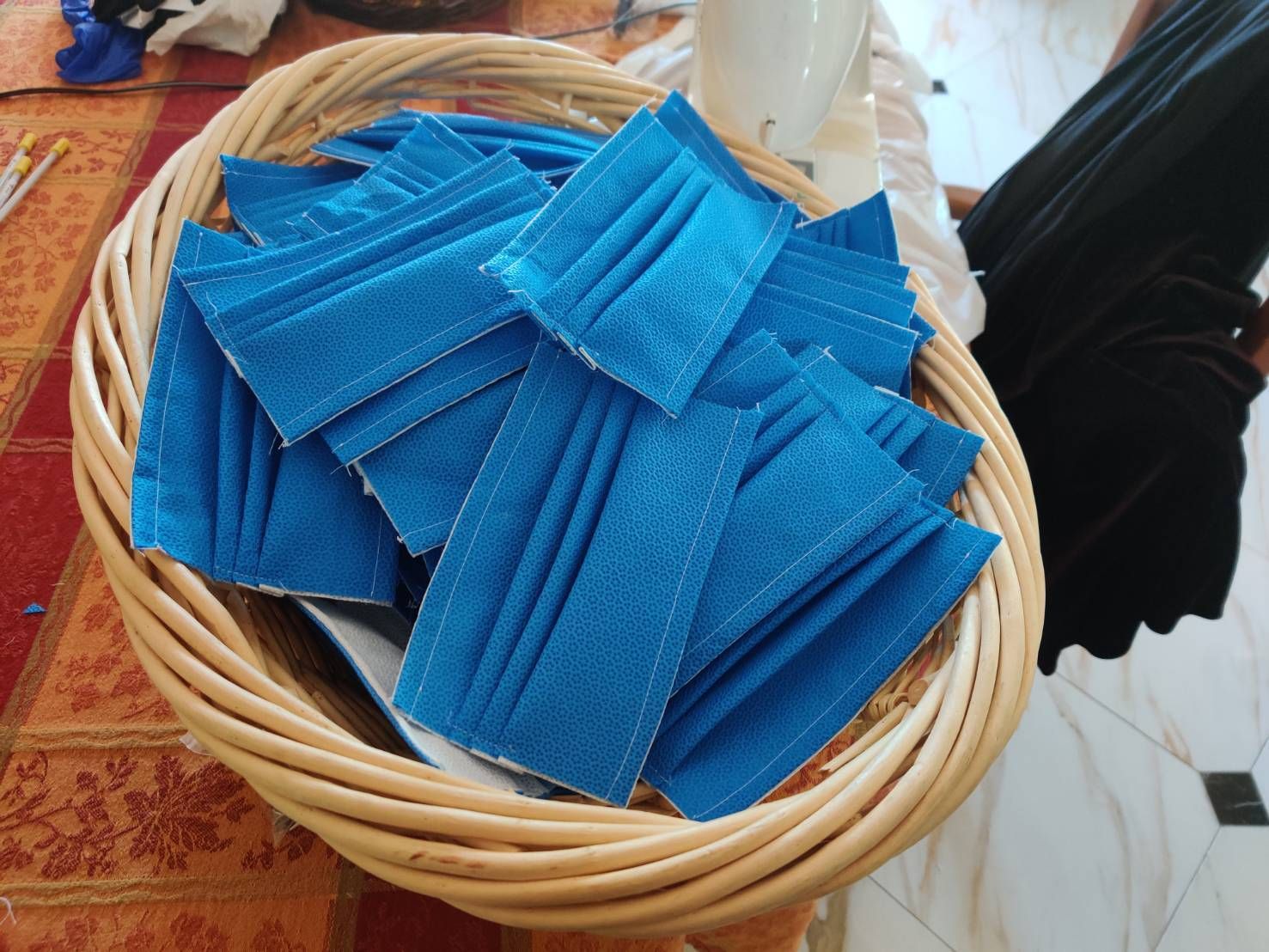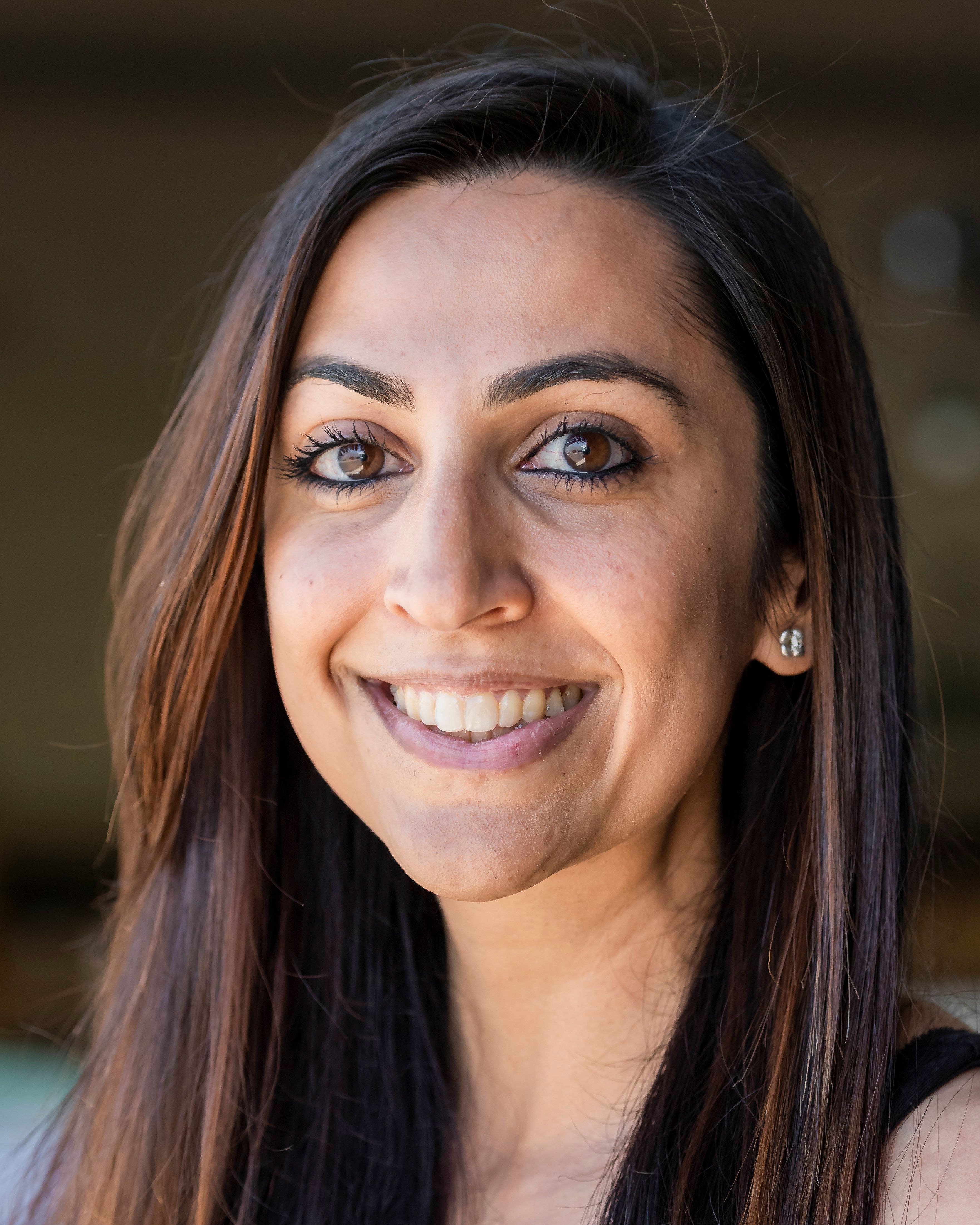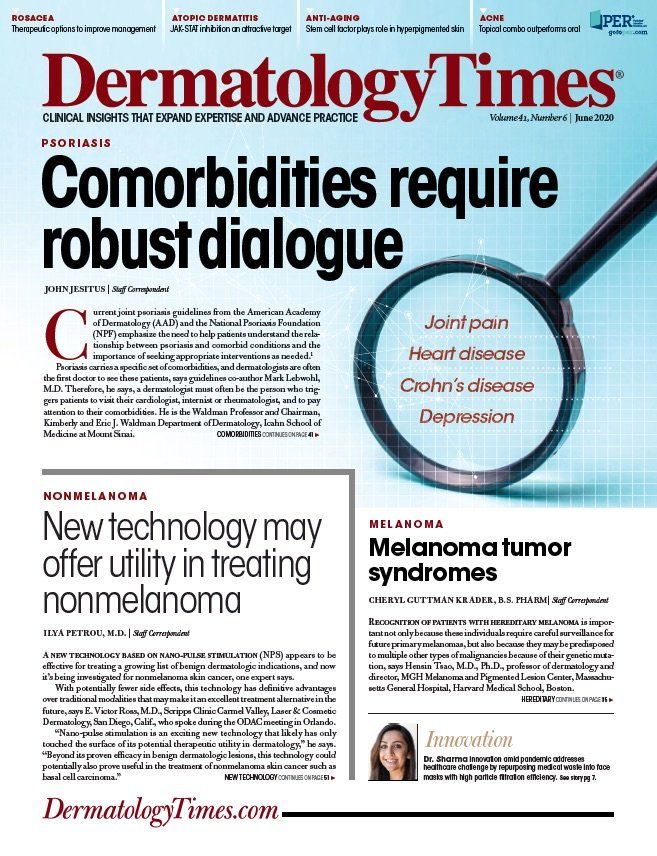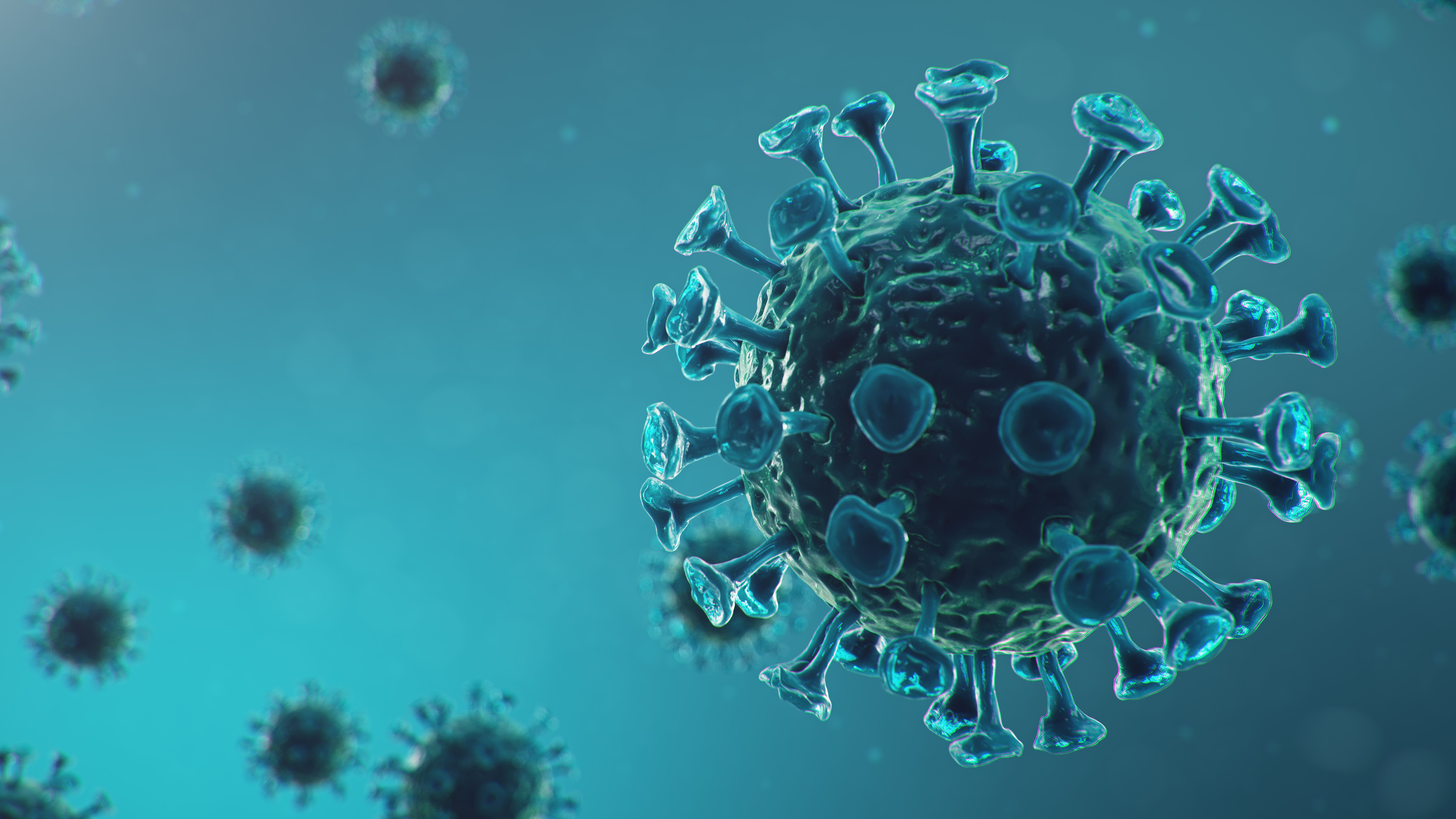- Case-Based Roundtable
- General Dermatology
- Eczema
- Chronic Hand Eczema
- Alopecia
- Aesthetics
- Vitiligo
- COVID-19
- Actinic Keratosis
- Precision Medicine and Biologics
- Rare Disease
- Wound Care
- Rosacea
- Psoriasis
- Psoriatic Arthritis
- Atopic Dermatitis
- Melasma
- NP and PA
- Skin Cancer
- Hidradenitis Suppurativa
- Drug Watch
- Pigmentary Disorders
- Acne
- Pediatric Dermatology
- Practice Management
- Prurigo Nodularis
- Buy-and-Bill
Publication
Article
Dermatology Times
Dermatologist turns sterilized wraps into face masks with high filter efficiency
Author(s):
A third-year resident in the department of dermatology at the University of California, Irvine has kicked off a passion project turning discarded sterilization wrap into face masks with a high filter efficiency. She hopes these will fill a need as well as reserve N95 masks and surgical masks for those procedures that they are designated.

Aditi Sharma, M.D., University of California, Irvine

A third-year resident in the department of dermatology at the University of California, Irvine (UCI) has kicked off a passion project turning discarded sterilization wrap into face masks that, initially, will be used by much of the clinical and non-clinical staff at UCI with the hope of reserving the N95 masks for protection during aerosolized procedures and with patients who have tested positive for COVID-19.
Aditi Sharma, M.D., who says her passion lies at the intersection of medicine, innovation and public health, identified the potential of surgical wrap material in the development of masks, tested the material, compared materials and now has masks in development – all within a month.
Dr. Sharma completed her undergraduate studies in biomedical engineering and then worked at the National Institutes of Health under NIAID director Anthony Fauci, M.D., who now serves as the leading medical expert in the Trump administration for the COVID-19 pandemic efforts. During her tenure there, she researched agents of biological warfare and bioterrorism. With an interest in finding a way to apply this knowledge, she went to work at the World Health Organization in Geneva, Switzerland, focusing on increasing access of medical devices in a low-income resource setting.
Upon her return to medicine, and in looking for a way to incorporate these interests, she discovered through an article by University of Florida researchers that the material many hospitals use to wrap surgical instruments had a high particle filtration efficiency and; therefore, could have the potential to be used for face masks.
“It's actually made from something called polypropylene which is the exact material used in N95,” Dr. Sharma says. This insight intrigued her, and in further exploring how the material is developed, she found that plastic material is melted down and blown out into thin fibers, which creates a mechanical filtration. It is then treated with an electrostatic charge, which results in an electric filtration.
This process is what makes the surgical wrap material and the N95 material so good for the purposes of filtration, she says. However, there was no data around the surgical wrap material’s filtration efficiency.
“It was just a hypothesis. So that's where I came in. I started thinking about how can we actually quantify the filtration efficiency of this material,” Dr. Sharma says.
Dr. Sharma and colleague Melissa Chang, M.D., M.B.A., an anesthesiologist at UCI, decided to collect and compare potential materials.
They sent the Halyard H600 sterilization wrap by Halyard Health as well as Gemini sterilization wrap by Medline industries, both materials that are used by most hospitals and clinics around the world, for testing to Greg Rutledge, Ph.D., professor of chemical engineering at Massachusetts Institute of Technology, Cambridge, Mass.
What they discovered was that the Halyard material filtered up to 86.5% of particles, while the Gemini material filtered 73.5%. While not quite the standard the N95 masks offer, this is much higher than the filtration efficiency of mainstream masks that many individuals are currently making and wearing during this pandemic, which can vary in efficiency, but the cloth mask Dr. Sharma had tested filtered 26.1% of particles.
So, while not a substitution for the N95 mask, the filtration is much higher than masks made of more common household materials, she says and adds, “maybe this would be the universal mask that everybody in the hospital wears, from the custodial services to the people working in the cafeteria, to the healthcare workers. And then we really reserve those N95 and surgical masks for the procedures that they were designated to be used for.”
This insight drove the design of the first wave of 2,000 masks that are now being created with a community partner. The Halyard surgical wrap is being used as the base for the highest filtration efficiency; while the straps are being made with the Gemini material.
“The entire mask is recycled and recyclable,” she says.
Her hope is that these masks may help to address the shortage in hospitals, as well as make better use of materials that are often discarded anyway. During her research around the creation of these masks, she has found that 2,000 tons of medical waste is produced in the United States every day.
“I think that this whole project has really highlighted - at least for me - the necessity of the medical field to start thinking about how we can recycle and repurpose a lot of the materials that we are using in the hospital to reduce the waste that we're producing, and especially when they can be used for something as productive and helpful as a mask,” Dr. Sharma says.
Surgical wrap collection
Currently, the University of California, Irvine has developed a protocol for collecting the surgical wrap to then be used for the development of the first wave of masks. There is also a protocol for the use of the material once delivered to the seamstresses.
Dr. Sharma says she and colleagues are looking at making this a broader initiative as they’ve received interest from other universities both locally and nationally. The surgical wrap material is used globally, she says, so there is great potential.
For institutions that may be interested in collecting material for donation to this project, Dr. Sharma says they are using an internal material collection process that looks like this:
SPD Process:
After thorough instrument cleaning, please use caution when wrapping the instruments for sterilization. Minimize any extra sticker, label, or tape usage on the sterilization wrap. All of this tape must be cut around and the portions of this fabric that are taped over are un-usable for the body of the mask.
OR Process:
- All trays should be opened prior to patient entering room.
- These wraps will be placed in a clean bag and removed from the OR prior to the patient entering the OR.
- Any trays opened once the patient has entered the room would render those sterilization wraps no longer clean.
- The sterilization wraps should remain in the clean bags and should be accumulated in a designated area that is clean and away from patient care.
- These bags will be given to the seamstresses to start the sewing process.
As for sending the material to Dr. Sharma at UCI, this is a process in development with information to come soon. If you’d like to be notified when they are ready to receive materials, please email the editors and dermatologytimesmag@gmail.com and we'll provide you with an update once we hear from Dr. Sharma.






